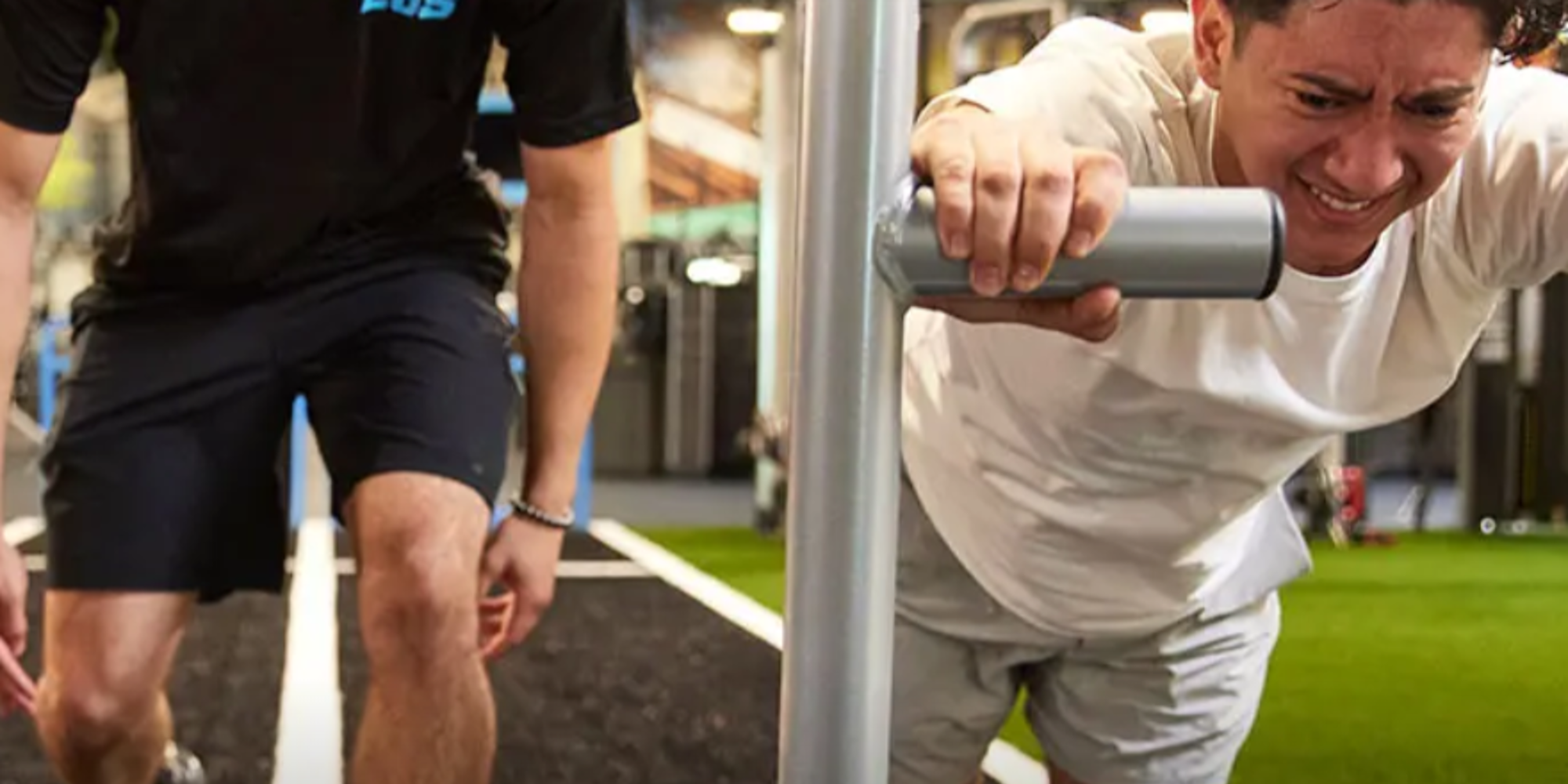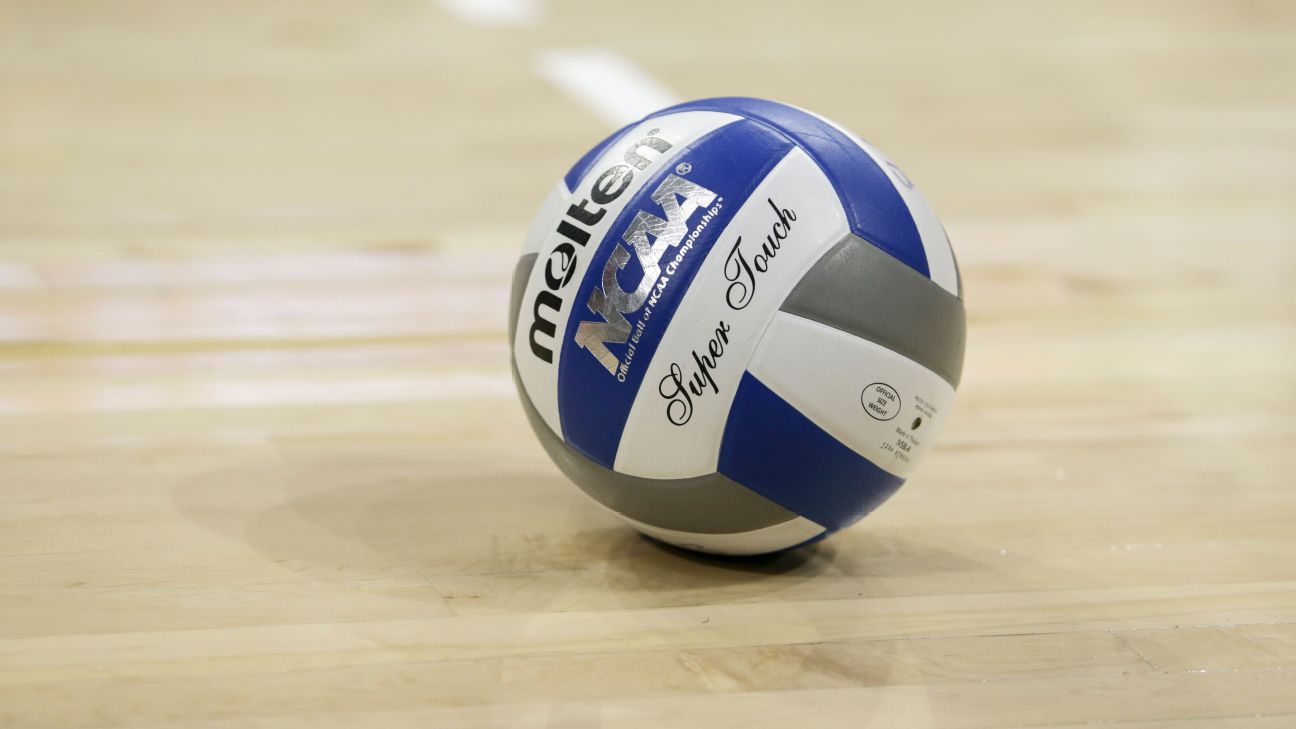Bussiness
Inside Starbucks’ Efforts To Build An Inclusive Design Framework ‘Smart For Business That Also Happens To Be Good For Humanity’

Starbucks opened its first cafe using its inclusive design framework in Washington DC.
In February, I posted a piece about Starbucks’ introducing a so-called “inclusive spaces framework” intended to make its coffeehouses more accessible to disabled people. The company described the framework as designed to help “expand independence, choice and ease for all people across physical and digital spaces.” The first store featuring the standards is the Union Market store located in Washington DC. The newly-renovated space has accessibility-minded attributes like improved acoustics, lighting, and more for customers and employees alike.
Some six months later, earlier this month I connected with Starbucks’ head of inclusive design Emily MacKinnon to discuss the aforementioned design framework and much more. A 9-year veteran at the company, MacKinnon explained she’s responsible for charging a team known as experience innovation, whose remit she told me is to “think about innovative ideas and solutions for our stores.” A big part of that work for the last few years, she said, has entailed considering how to make the company’s physical spaces more inclusive as part of what she called charting the “future strategy of our cafes.” MacKinnon and team have spent literal years searching for the answer to one ostensibly simple yet complex question: “What do we want our future stores to stand for?”
The inclusive design framework manifested as one answer to said existentialism. MacKinnon told me she and her group worked tirelessly to ensure the standards “[continued] to set a foundation of creating connection in our cafes and creating a sense of belonging and creating welcoming spaces, both for our employees and our customers.”
One component of greater inclusivity is, of course, accessibility. Although Starbucks is compelled to comply with regulations set forth by the Americans with Disabilities Act, MacKinnon said the team felt it could “do more from an accessibility lens.” She added the team felt strongly merely meeting the law was the floor, not the ceiling. The bare minimum. In other words, there was exponentially more room to grow above the lowest of bars, as MacKinnon told me while the ADA is crucial legislation, its impact extends only so far. It doesn’t “always create the most equal experiences when it comes to retail environments and built environments in general.” She said there was a bunch of strategists and innovators sitting a room asking themselves what more could be done in this context, but were unsure exactly how to go about it correctly. So, Starbucks tapped an expansive array of disability experts, including members within the company’s own ranks, in order to “go above and beyond compliance-based design,” according to MacKinnon. She said this type of work is “embedded into the DNA” of the company and reassured me “we’re not necessarily new to this… we’ve been thinking about things from an accessibility and inclusive lens for a long time.”
“We felt we could focus on our built environments in a way that took it to the next level,” MacKinnon said. “That’s exactly what we did. We set out to find barriers and pain points and tackle them and make it better.”
When asked to describe the inclusive spaces framework, MacKinnon told me in essence it’s a set of guidelines which helps Starbucks “design, construct, and operate stores in a more inclusive and accessible way” while further saying it “takes the ADA and expands [on] it and builds out different types of physical and digital solutions that enable our retail environments to be more welcoming to a wider variety of people.” The principles of the framework, MacKinnon said, are steeped in what she called “human-centered design.” It was built systematically with an eye towards scalability, as well as co-created with the disability community.
The Union Market store is more or less a proof of concept for Starbucks, a place wherein MacKinnon said the company could “stress test” what they envisioned and see what works and what needs refinement. To err is human, so nothing is perfect, but MacKinnon said Union Market is a “beautiful space” and a place she and her team are “really proud” to have a hand in building. Moreover, she emphasized Union Market is “one of many” insofar as now that it’s been stress-tested, Starbucks has begun propagating the framework to its constellation of other stores. The work will obviously take time to truly be everywhere; Starbucks’ plan is to incorporate the framework into both all-new and remodeled stores.
It’s admittedly an expensive—both financially and practically—endeavor. But MacKinnon said Starbucks is committed to it because “starting with accessibility from the beginning” is the right thing to do for everyone.
MacKinnon again emphasized the decision to forge ahead with the framework wasn’t a singular directive that emanated from some boardroom in Seattle. Rather, she said the framework was truly weaved from Starbucks spooling the proverbial thread in its research and general institutional curiosity. Starbucks looked at its peers in the retail industry to see who else might be operating at the heights Starbucks aspired to reach, but lamented there’s “a few decent examples” out there in the wider world, but nothing at a best-in-class classification. Undeterred, MacKinnon said at one point, her executive sponsor on the project said “let’s just go build it.” Starbucks’ framework emerged from “a level of curiosity we all had in this space… the more we dug into it, the more we realized we could actually be a trailblazer and influence others.”
My conversation with MacKinnon is remarkable in a couple ways. First, it isn’t trivial to note Starbucks’ efforts with its inclusive design framework has been met with acclaim from none other than Tony Coelho. Coelho, the retired Democratic congressman from California whom I first interviewed in 2020, is widely regarded as the father of the Americans with Disabilities Act. In Starbucks’ announcement of the framework, he lauded the company’s ambition, saying in a statement in part it was a “big moment” for equality, adding it is imperative for companies to “go beyond” the ADA’s baseline decrees. Secondly, my interview with MacKinnon came soon after Starbucks announced it named Brian Niccol chairman and CEO. Niccol joins from Chipotle, and will officially take his place in Starbucks’ catbird seat come September 9.
MacKinnon appeared at this year’s Disability:IN conference, which took place last month. She described the experience as being an “honor” for her, telling me Disability:IN played an instrumental role as a “strategic advisor” in developing the inclusive framework. She said the discussion on Starbucks’ work in this realm felt like a “fresh conversation” and noted many people approached her afterwards to learn more, particularly marveling at how Starbucks chose to embark on this design work as a massive brand with an equally-sized global footprint to match.
“What was cool about it is I think we’re past asking ‘Why we should do this?’ and we’re now in a place where we’re asking ‘How?’ In the short time that I’ve been heavily involved in this work for the last four years, that’s changed,” MacKinnon said. “The early conversations I was having with folks was either at the Disability:IN conference or inside of Starbucks. It was like, ‘Well, why would we do this? Why is this good for business?’ We all recognize now that it is good for business. It is smart. People with disabilities in the United States is not a small cohort. It’s best-in-class innovation in that if you co-create with the disability community, you end up with a better solution for everyone. Between those pieces, at least for Starbucks, we’ve recognized it’s smart for us to do. It’s smart business [that] also happens to be good for humanity.”
MacKinnon continued sharing her sentiments: “If you are intentional with [accessible] design from the beginning, accessibility and inclusivity can be quite beautiful—and Union Market is a great example. When you walk in, it just looks like a really comfortable, great Starbucks.”
As to feedback, MacKinnon said company executives have been to Union Market “a few times” since opening to check in and are pleased with how things are going. The experiences have been “really validating” for MacKinnon and crew, with her telling me customers have flexibility to “choose their own adventure” regarding the accommodations they need or desire, such as different types of seats and tables. Overall, MacKinnon said customers she’s spoken to have reported Union Market is a “really comfortable Starbucks” while people with disabilities have commented the updated location is a space they feel “heard, seen, and designed for.”
Looking towards the future, MacKinnon told me a key facet of Starbucks’ onward journey is thinking even harder about integration and ensuring the inclusive design guidelines are part of a “systematic way we are changing our stores” as time marches on. Starbucks so deeply believes in its work that MacKinnon said the framework is available for anyone to look at and be a “tool” other retailers use as a resource in creating similar environments. Starbucks wants not to stand alone in building these spaces, with MacKinnon saying the company sought to “drive ongoing conversation in this space [and] drive adoption” of the standards.
“We want to change the retail landscape and have this be something that moves the needle for others,” MacKinnon said of Starbucks’ North Star vis-a-vis inclusivity. “The reason it’s important is our gathering spaces, our physical spaces in our communities, are really important. They help people come together. They have a place [where] more people participate in the world and know each other. They have different kinds of conversation. They connect. That’s the beauty of a beautiful coffee shop and an accessible coffee shop: you’ll have a diverse community coming together. When we can do that, you build resilient communities and start to shift sentiment in this [inclusive design] space. The thing that we most want to do is create more welcoming and accessible spaces for everyone to enjoy [and] feel easy and meet you where you are.”








